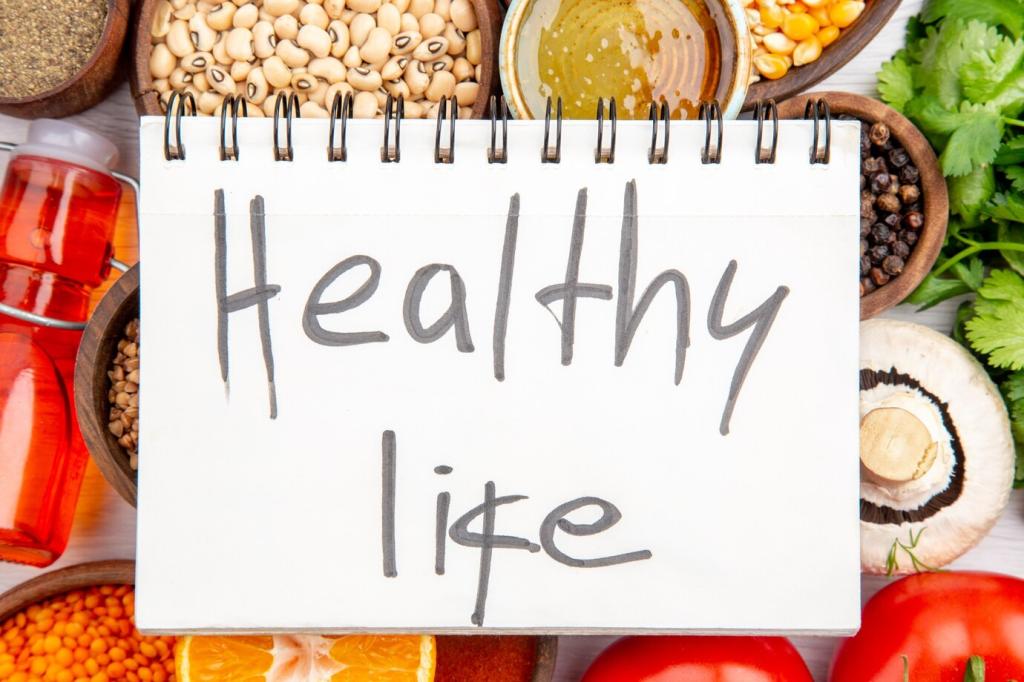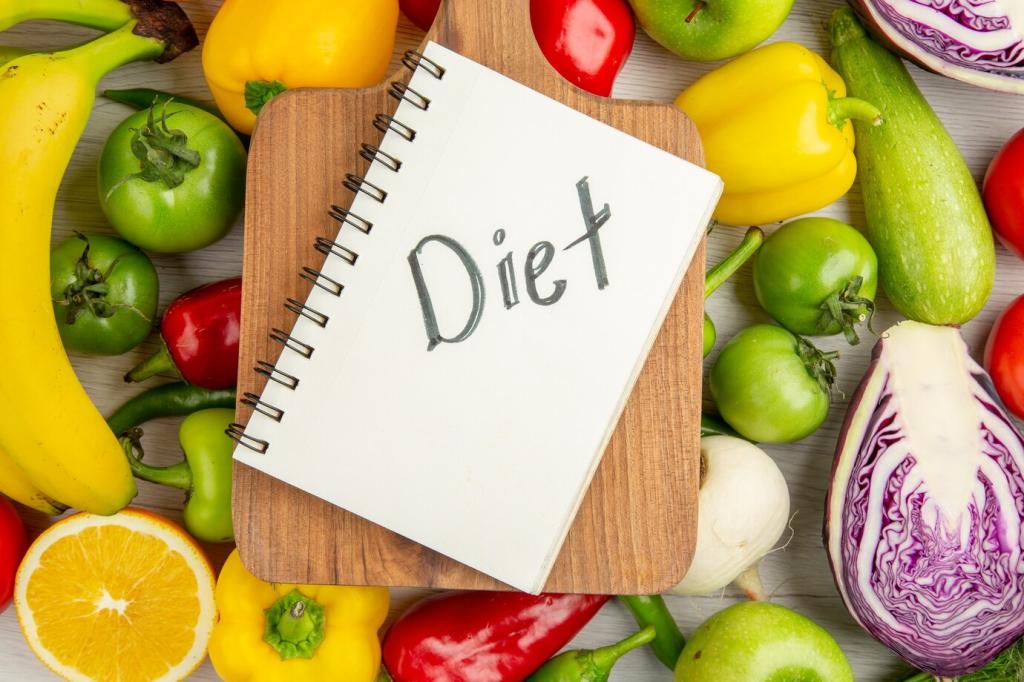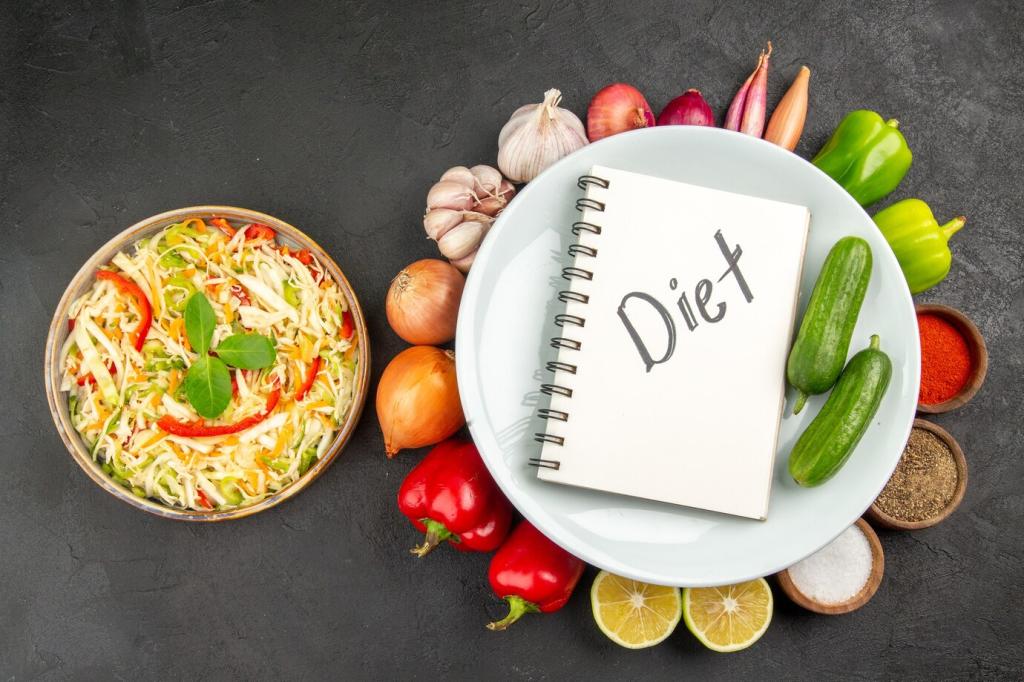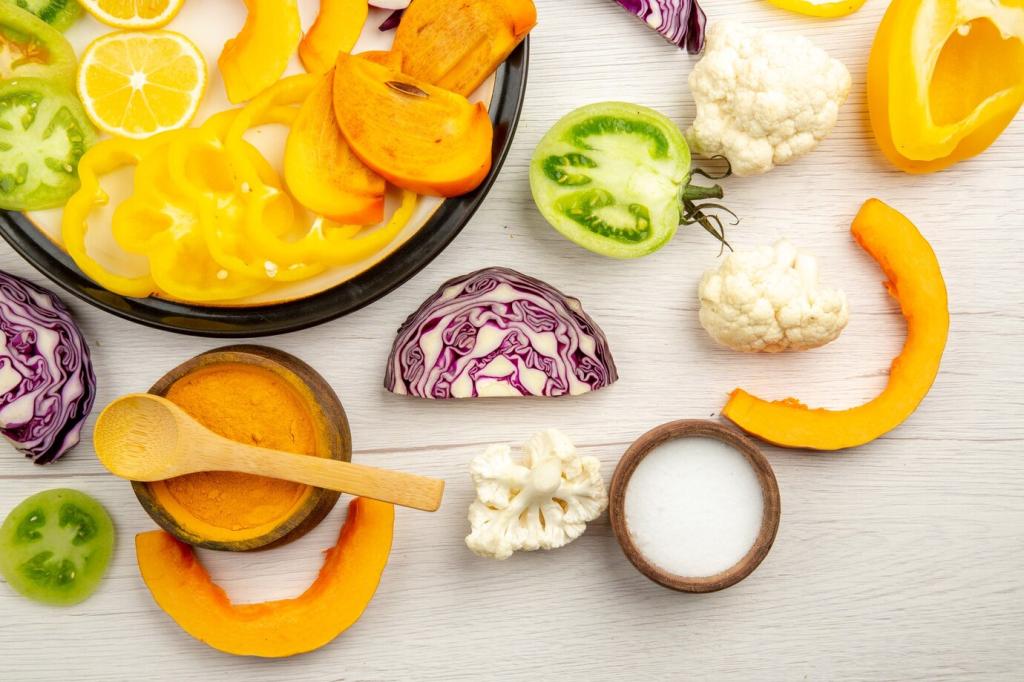Chosen theme: Meal Planning for Muscle Gain. Build size, strength, and consistency with practical, appetizing plans that turn training goals into grocery lists and meals you actually crave. Comment with questions and subscribe for weekly templates and seasonal muscle menus.
Setting Your Surplus: Calories, Protein, and Precision
Estimate your maintenance calories using bodyweight and activity, then add a modest 250–400 surplus. Track weekly averages and aim to gain about 0.25–0.5% bodyweight per week, adjusting intake when progress stalls or climbs too quickly.
Smart Shopping and Batch Cooking Blueprint
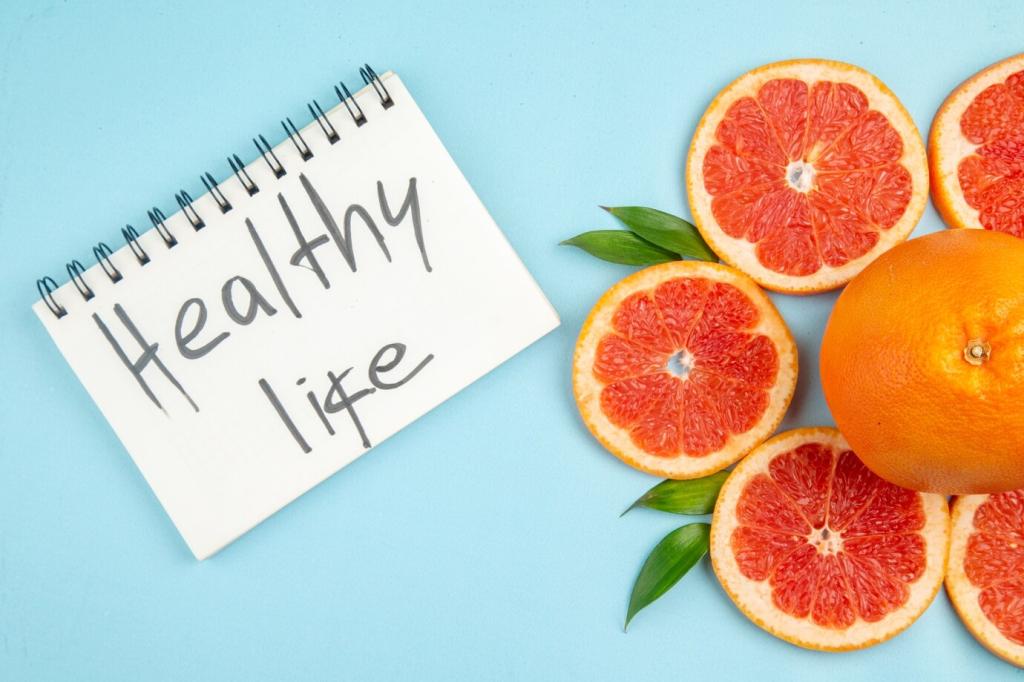
The Muscle Cart: Staples That Always Build
Stock affordable, versatile staples: chicken thighs, eggs, Greek yogurt, cottage cheese, tuna, oats, rice, potatoes, pasta, beans, lentils, olive oil, nuts, frozen berries, spinach, tomatoes, onions, garlic, and spices. With these, muscle-friendly meals assemble fast without culinary gymnastics.
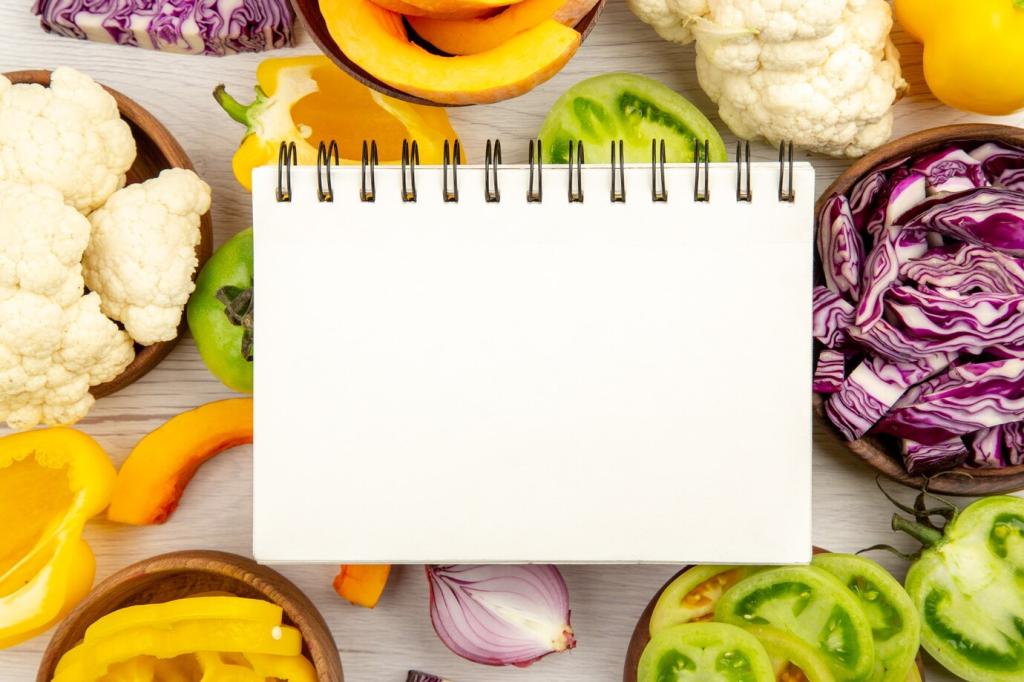
Sunday Prep, Zero Decision Week
Cook proteins in bulk, roast trays of potatoes and vegetables, steam rice, and portion everything into labeled containers. Pair two proteins with two carbs and rotating sauces to create mix-and-match variety that protects your goals when work, travel, or cravings try derailing you.
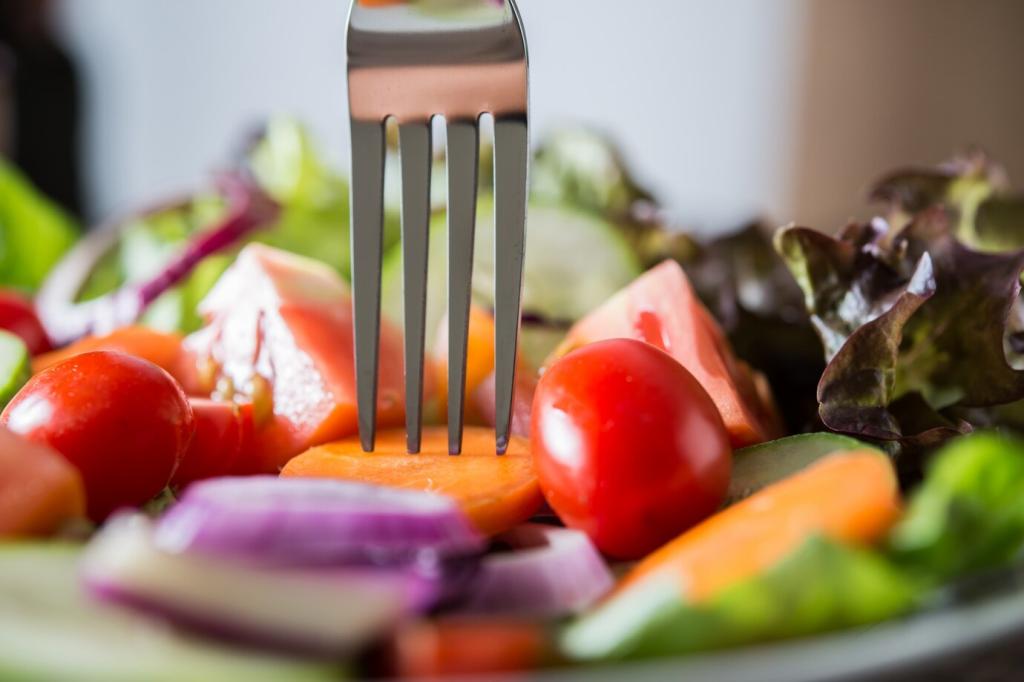
Labeling, Storage, and Food Safety
Cool cooked food quickly, store in shallow containers, and label weights, macros, and dates. Refrigerate three to four days’ worth and freeze the rest. Reheat to safe temperatures, and keep a backup shaker plus shelf-stable snacks for emergencies when schedules explode unexpectedly.
Pre-Workout Plates That Power Performance
Eat one to two hours before training: lean protein, easy carbs, and minimal fats. Oats with whey and banana, rice with chicken and pineapple, or yogurt and granola keep energy steady. If timing is tight, choose a small snack plus fluids and electrolytes.
Post-Workout Window: Myth and Method
You do not need a five-minute window, but you should secure protein within two to three hours. A shake is convenient; a meal with lean protein and starchy carbs rebuilds glycogen. Prioritize leucine-rich sources like dairy, meat, or soy to kickstart muscle protein synthesis.
Sleep as a Meal Multiplier
Muscle grows while you sleep. Aim for seven to nine hours, consider a slow-digesting casein snack like cottage cheese before bed, and limit alcohol. Evening hydration and electrolytes reduce cramps, helping you recover from hard sessions and wake hungry for a protein-forward breakfast.
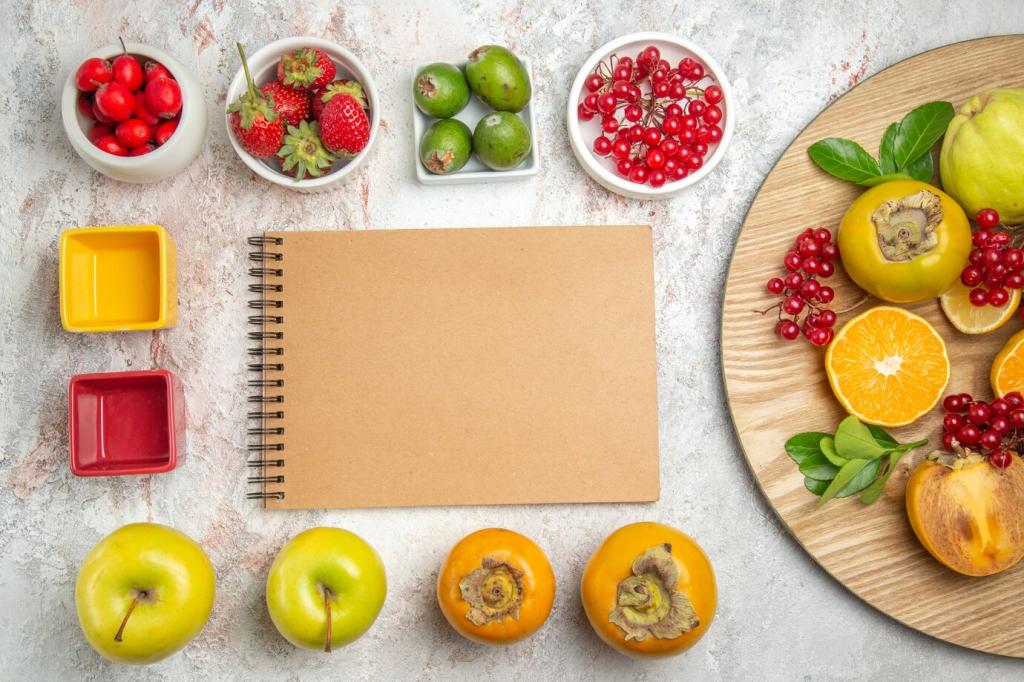
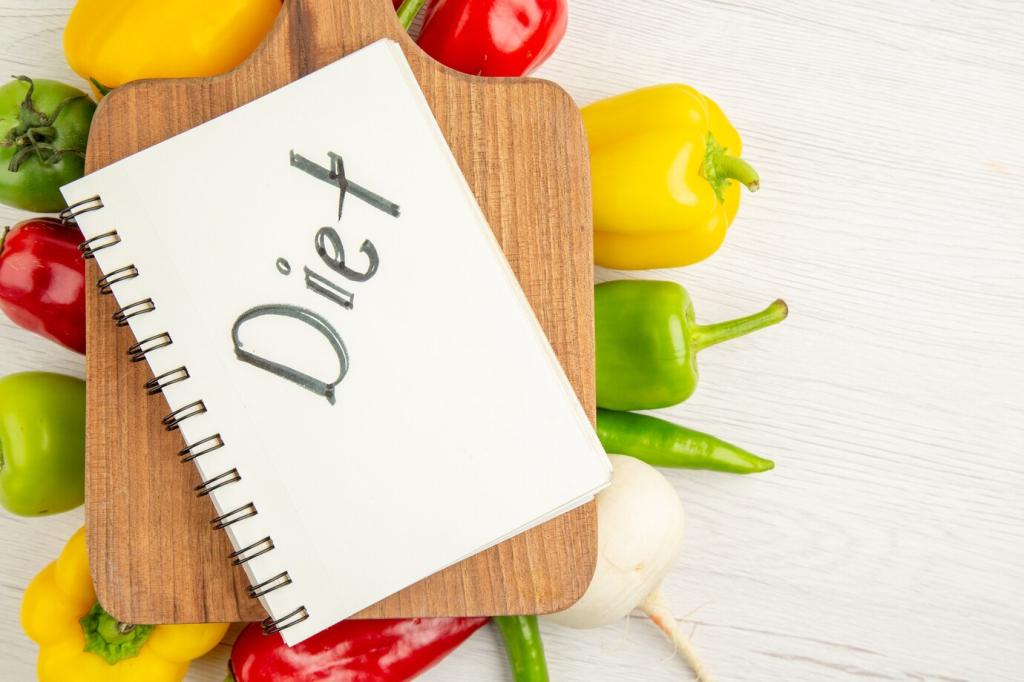
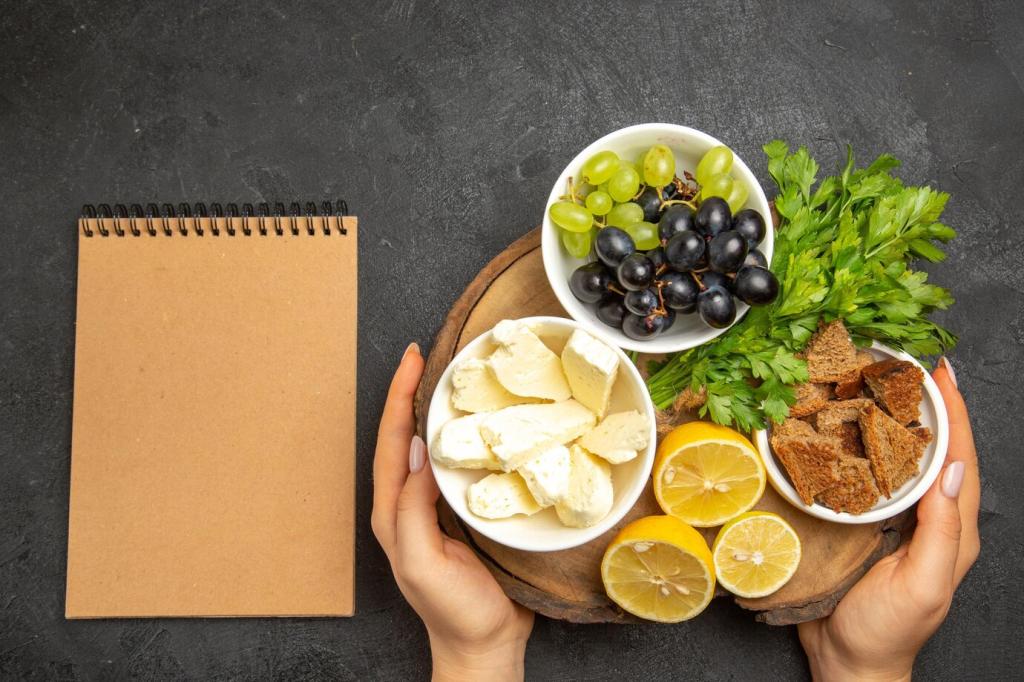
Recipes That Grow on You
Sauté onions, peppers, and spinach, fold into steel-cut oats, top with soft-scrambled eggs and cottage cheese, then finish with hot sauce. It is creamy, salty, and satisfying, offering complex carbs, complete protein, and fiber that carry strength into late-morning training.
Recipes That Grow on You
Brown extra-lean turkey with ginger and garlic, glaze with a light teriyaki, and serve over jasmine rice with steamed broccoli and sesame seeds. Portion for the week, rotate pineapple or edamame, and you will skip takeout while hitting your macros without boredom.
Cheap Protein Heroes
Choose chicken thighs over breasts, buy eggs and canned tuna by the case, and lean on dry lentils and beans. Whey in large tubs stays cost-effective per serving. Combine plant and animal sources for complete amino coverage without sacrificing flavor, texture, or recovery.
Stretching Carbs Without Stretching Costs
Purchase rice, oats, and pasta in bulk, and rotate potatoes and seasonal fruits for value. Build bowls with a fist of carbs, palm of protein, and thumb of fats. Sauce smartly so the same base components feel fresh across multiple days and cuisines.
Flavor Without Expense
Spices, citrus, vinegars, soy sauce, and a pinch of MSG can transform basics into craveable fuel. Save marinade from roasted peppers or olives to enrich pan sauces. Layer acidity and heat to keep appetite high, making consistent eating effortless for months.
Tracking, Adjusting, and Avoiding Pitfalls
Use morning weigh-ins three to five times weekly, average them, and compare to your target rate of gain. Track waist, chest, and limb circumferences, plus progress photos. Adjust calories by 100–200 when trends drift, and confirm changes over two weeks before reacting again.

